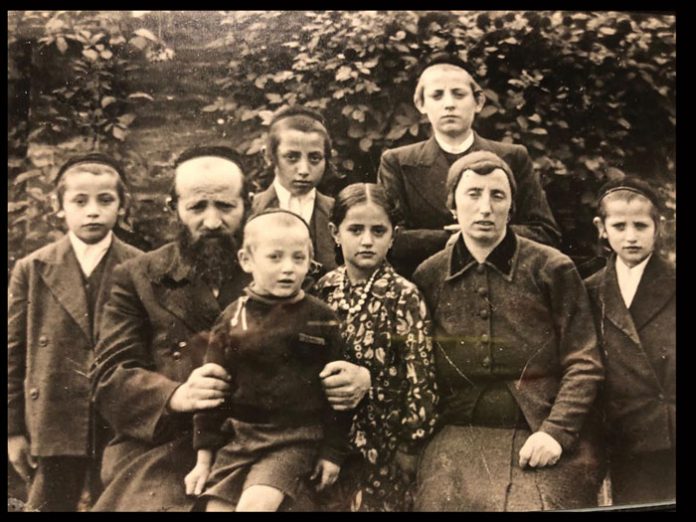In 1940, after allying with Nazi Germany, Hungary also passed anti-Jewish laws, one of which was that Jews were banned from owning a business.
In the town of Satmar, Isser Handler owned a thriving textile company. To comply with the new law, he brought in a non-Jewish woman named Roza Varga as his partner.
In May 1944, after the war had reached Hungary and deportations began, Isser asked Roza if she would be willing to hide him and his family in her home. She agreed, but she stipulated that he would have to construct the hiding place himself. This would require money, so Isser approached a relative whom he knew had significant savings and asked for a loan. She refused. “I need it,” she said. “I have my own family; I might need it for my kids.”
How could he blame her?
He then tried the president of the Satmar kehillah—a man named Sender Freund, who had already prepared an escape route for himself and his family. When Isser asked him for a loan, Freund didn’t hesitate; he put his hand into his pocket and found 300 pengo. He gave Isser the money. “Take it,” he said. “Take whatever you need to hide.”
He asked for nothing in return.
The Handlers built their shelter and moved into a cramped hideaway in the Vargas’ home. A few weeks later, Isser, disguised as a non-Jew, ventured outside to look for some food and noticed a young Jewish man wandering aimlessly, looking nervous and scared. Upon closer look, he realized that it was Shea Freund, the son of Sender Freund.
Shea had just been told to leave his hiding place—the family hiding him didn’t want to risk hiding a Jew anymore—and now he desperately needed somewhere to hide.
The Handlers had barely enough room for themselves, but how could he say no to Sender Freund’s son. How could he send a Jew to die? “Come with me,” he said. “We’ll make do.”





















